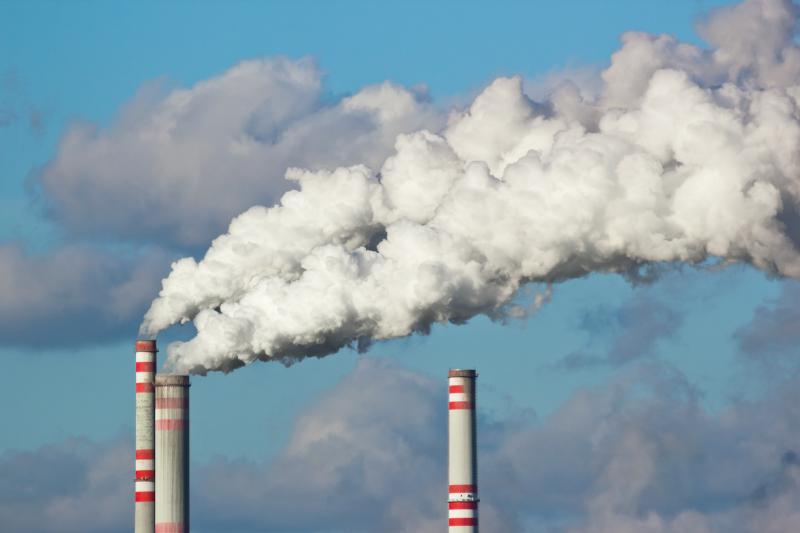 Air Pollution beyond COPD & asthma: Linked to increased cancer mortality
Air Pollution beyond COPD & asthma: Linked to increased cancer mortalityLong-term exposure to air pollution exacerbates mortality risk in the general population, a recent Korea study has found.
The study included 436,933 participants (mean age, 47.8 years; 50.1 percent male) whose residential addresses were matched to hourly measurements of PM2.5 concentration data. All-cause and cardiovascular mortality rates were measured according to pollutant exposure.
Over 1,683,271 person-years of follow-up, 382 and 95 all-cause and cardiovascular deaths were reported, respectively. Daily PM2.5 levels ranged from 10–45 µg/m3 for most of the measurement days.
Cox proportional hazards models each 10-µg/m3 increase in PM2.5 correlated with a significant increase in the risk of all-cause (hazard ratio [HR], 1.034, 95 percent confidence interval [CI], 1.027–1.041; p<0.001) and cardiovascular (HR, 1.047, 95 percent CI, 1.036–1.058; p<0.001) mortality. Notably, the relationship of PM2.5 concentrations >18.0 µg/m3 with mortality risk was almost linear.
Receiver operating characteristic curve analysis found that PM2.5 was a good predictor of both all-cause and cardiovascular mortality, with c-index values of 0.82 and 0.85, respectively.
The principal findings were robust to subgroup analyses, though researchers found that those with previous myocardial infarction were significantly more susceptible to the effects of PM2.5 on all-cause mortality risk (pinteraction=0.018). There was also a nonsignificantly stronger effect among men and those who had a history of atrial fibrillation, heart failure and stroke.
“Our study supports a small but significant association between PM2.5 and both all-cause or cardiovascular mortality, which may be a modifiable risk factor in our study population,” the researchers said. “Additionally, our study demonstrated the specific PM2.5 concentration for further raising these mortalities which had not been well-studied previously.”